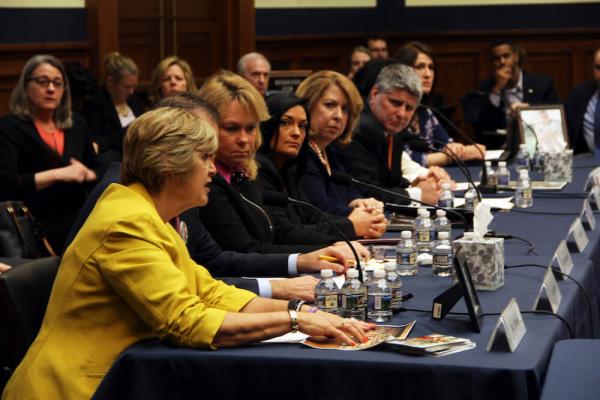Apr 19, 2018
Brian Mendell committed suicide at age 25 because he was ashamed of his opioid addiction, despite not having used drugs in more than a year, his father told a House subcommittee Thursday as he demanded that Congress pass laws to fight the epidemic. Mendell is one of the hundreds of Americans who die every day as result of substance abuse.
Read the Full Article

Already a subscriber? Login
